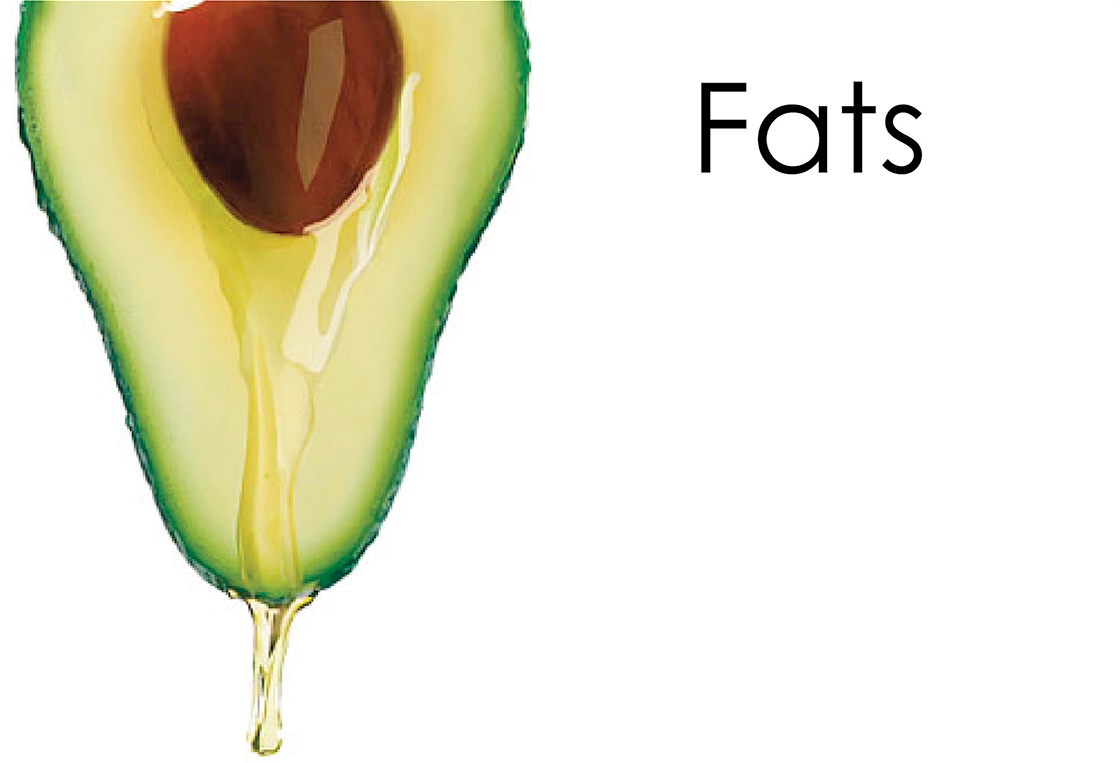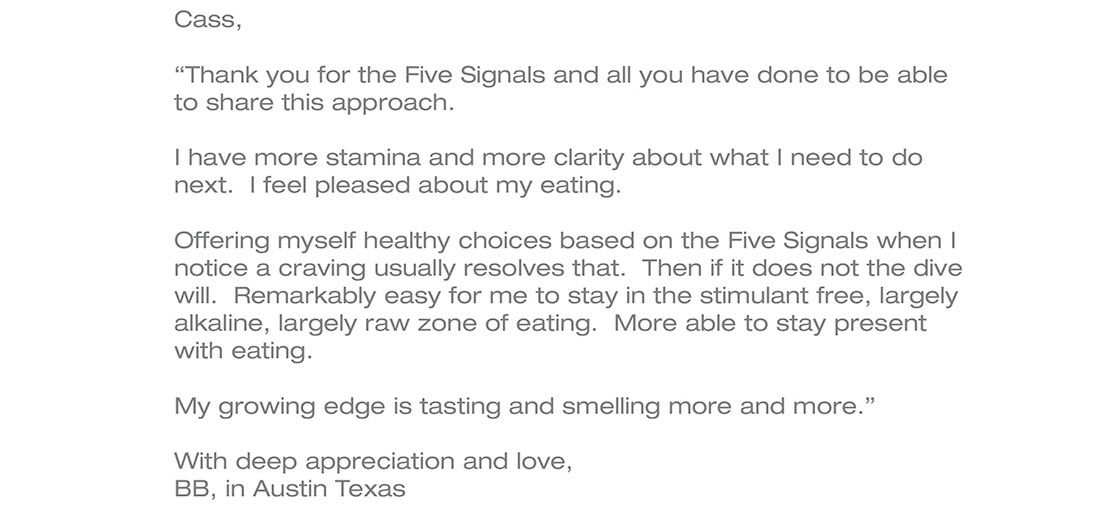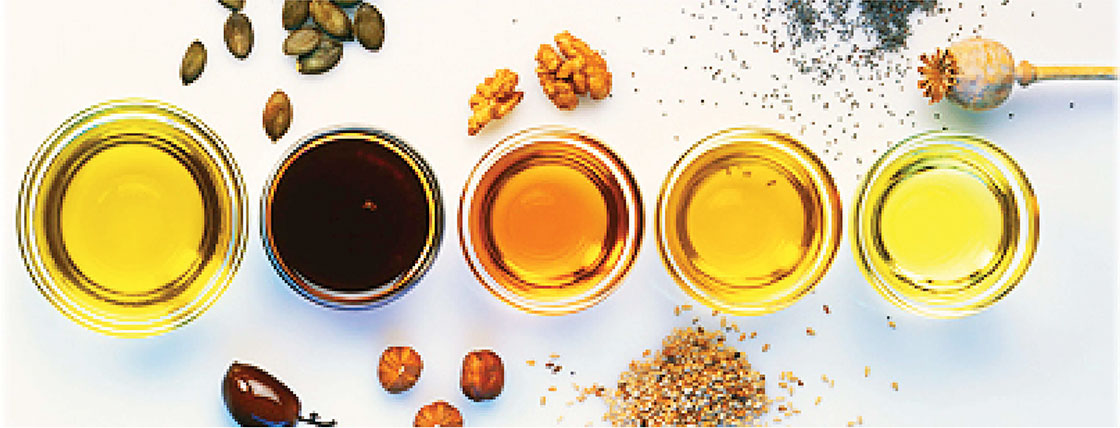
“The entire body is made from food, water, air and light. Foods you need are protein, sugars, fat, vitamins and minerals and water.”
What is fat?
Fat is substance made from molecules of hydrogen, carbon and a little oxygen. What kind of fat it is depends on the different combinations of these molecules. Fat is a primary source of energy as well as a bridge builder for neurological communication. We are often looking for the right kind of fat more than we are sugars or carbs. When we get our carbs from vegetables (not processed grains) and fruits we can get a clear Signal for the fats we require.
What are the Essential Fatty Acids?
There are twenty different needed fatty acids in your body, but they are all made from two: linoleic acid and linolenic acid. These two fatty acids are essential. You must get them from the foods you eat daily because your body cannot manufacture them. Thus, essential fatty acids are the building blocks for all the other fats in your body.
Essential fatty acids are necessary to make cell membranes and for many of the important hormones and other chemical messengers that tell your body what to do.
Another name for linoleic fatty acid family is omega-6 fatty acids The linolenic fatty acids are often called omega-3 fatty acids. The names come from the way the molecules are strung together.
Omega-3 and Omega-6 essential fatty acids are especially important for making prostaglandins in your body. Prostaglandins are hormone-like substances that regulate many activities in your body including inflammation, pain, and swelling (some cause swelling and others relieve it). They also play a role in controlling your blood pressure, your heart, your kidneys, your digestive system, and body temperature. They are important for allergic reactions, blood clotting and making other hormones.
Fatty acids are also natural blood thinners; they can prevent blood clots, which can lead to heart attack and stroke. Essential fatty acids contain natural anti-inflammatory compounds that can relive the symptoms of arthritis and autoimmune diseases. In addition, a diet low in essential fatty acids could result in skin problems, such as dandruff, eczema, splitting nails and dull brittle hair.
Fatty acids influence the structure of the cells lining the intestinal tract, as well as the “villi” through which absorption of nutrients takes place. They increase the thickness and surface area of the digestive tract-absorptive cells that line the inside of our intestine. This results in more effective digestion, better absorption of nutrients, less absorption of allergens, and better health.
More importantly, numerous studies have shown that compounds found in essential fatty acids can block tumor formation in animals, and test tube studies have documented that omega-3 fatty acids can inhibit the growth of human breast cancer cells.
Your brain is actually 60 percent fat - and DHA (an Omega-3 essential fatty acid) is the most abundant fat in your brain. It’s also the most abundant fat in breast milk, since babies need it to nourish their growing brains and for eye development. This Omega-3 fat seems to be important mostly for connecting brain cells to each other and making sure the transmission of brain signals get through right. It is also found in high concentration in the retina of the eye.
What happens if I don’t get them?
Low levels of this Omega Fatty Acid have been linked to an increase in dementia, mood changes, memory loss, and visual problems. Studies done at Purdue University showed that children diagnosed with attention deficit hyperactivity disorder had lower levels of these essential fatty acids. In a Swedish study, elderly patients with Alzheimer’s disease were found to have lower levels of Omega 3 than healthy older people.
Learning Disabilities
Mood swings or depression
Poor memory
Depression
Arthritis
Eczema
Obesity
Heart Disease
Fatigue
Immune weakness
Heart problems
Dry skin, eczema, or hair loss
Reproductive problems
Poor circulation
There are no recommended daily Allowance (RDAs) for essential fatty acids. Each person requires different amounts.
Conditions of stress or disease modify the Essential Fatty Acid requirement.
Bad fats, like fried hydrogenated oils greatly affect our health. With not enough good fats in the typical Western diet of processed foods we can often create an imbalance, causing many different health problems. So how much of the bad fats you eat determines how much of the essential fatty acids you need to eat. Bad fats and other substances in the food supply increase the essential fatty acid requirements.
The Unbalanced Essential Fatty Acids
Omega-3 essential fatty acid is essential to human health but is lacking in most Western diets. The balance of Omega-6 essential fatty acid and Omega-3 essential fatty acid should be four or five Omega 6 to each Omega-3 for a good balance. We get ample amounts of Omega-6 in the typical Western diet. The ratio in this diet is between 10 and 20 to 1 in favor of Omega 6, far too high in Omega-6. This unbalance encourages overproduction of some prostaglandins (hormone like substances your body makes that control many activities in your body). The imbalance causes many health problems by getting you body hormones and chemicals out of whack.
Your body will tell you how much fat you require. The first step is to throw out everything you have been told about fat and start smelling and tasting pure raw (unrefined) fresh foods high in fat and their oils.
We can each discover our optimum fats by careful observation and experimentation. Your exact optimum amounts is something you can determine for yourself through your Five Signals Practice; using your sense of taste and smell, listening to your biological cravings and gut knowing! You can learn more about this in the Five Signals book, workshops and audio recordings.
One personal way to check is how dry your skin feels. Skin that obtains sufficient Omega 3 feels soft and velvety to touch. Skin that is too dry needs more Essential Fatty acid rich oil. In cold weather, skin dries and requires more Omega 3 oil than in warm weather.
How do I get them?
I love to mix fats with minerals like Original Himalayan Salt. I also love to mix avocado with olive oil, and salt and some lemon.
Sources of Omega 3 Fatty Acids
There are three types of omega-3’s: alpha-linoleic acid, docosahexaenoic acid, and eicosapentaenoic acid. HA and EPA are the most studied sources for health benefits, and are primarily found in seafoods, such as salmon, tuna, swordfish, anchovies, sardines, and herring, bluefish, cod, flounder, mackerel and shrimp are also good sources. It is also found as a vegan sea source in algae, ALA is a source of omega 3’s found in plant sources, such as flaxseed and walnuts. The downside of flaxseed oil has been that it is not easy to use. It is notoriously unstable and, unless it is properly processed, can turn rancid very quickly. Flax has also been known to give some people gas, diarrhea and heartburn.
While the body can convert ALA into DHA and EPA, it is a less efficient system, and health experts generally recommend that sources of DHA and EPA be obtained directly from food at least two times a week.
Where do I get them?
Health food stores in the refrigerated section of the supplements section.
PanaSeeda Omega Oils - I am blown away by these! They are made through a new process called Instant Press, making them so bioactive that they don't even need to be refrigerated. One taste of these oils and they made all my other favorites seem a bit dull. WOW!
Coconut Oil - Excellent pure clean energy source. Perfect for almost any recipe. I love it in my smoothie. HERE
Flaxseed Oil - Organic cold processed -Benefits of Flaxseed oil is it is a rich source of lignans, a type of fiber that is changed by friendly bacteria in the gut into compounds that fight against cancer. Healthfood store
Barleen's Oils - There is an excellent Omega Oil Blend you can add to your salads, smoothies, broths and what ever else you desire! They make Omega Man and Essential Woman. These fat blends are designed to balance your hormones and feed your Enteric Nervous System and brain. I HIGHLY recommend them. Check your local healthfood store.
Krill Oil - The best source I have found is from Mercola. They've done their research on this one and deliver a fresh product that will not go rancid as quickly due to proper capsulation.
Fermented Cod Liver Oil - It tastes horrible but for many it is medicine and can balance hormones. This company also makes ghee and vitamin butter: greenpasture.org
Cooking or Raw?
When eating Five Signals Style the best thing to do with Fats is eat them in their pure raw state. This means do not fry or boil them. This will kill them and change their molecular structure. Adding fats to warm foods is fine. Mixing fats with proteins as well as sugars (fruits) is fine.
If you must cook with a fat use Coconut, grape seed or avocado oil. I do not recommend working with peanut or vegetable oil they seam to trigger a stimulant response. I do not recommend frying food. Boil, Poaching, broiling are fine. Frying foods is too hot, changes the molecular structure and triggers the stimulant drive. If you want to saute something add water instead then add oils and salts after cooking is completed.
Enjoy!!!










